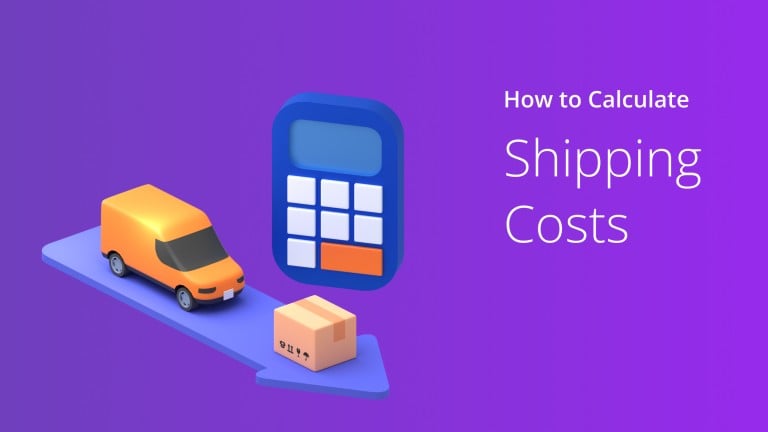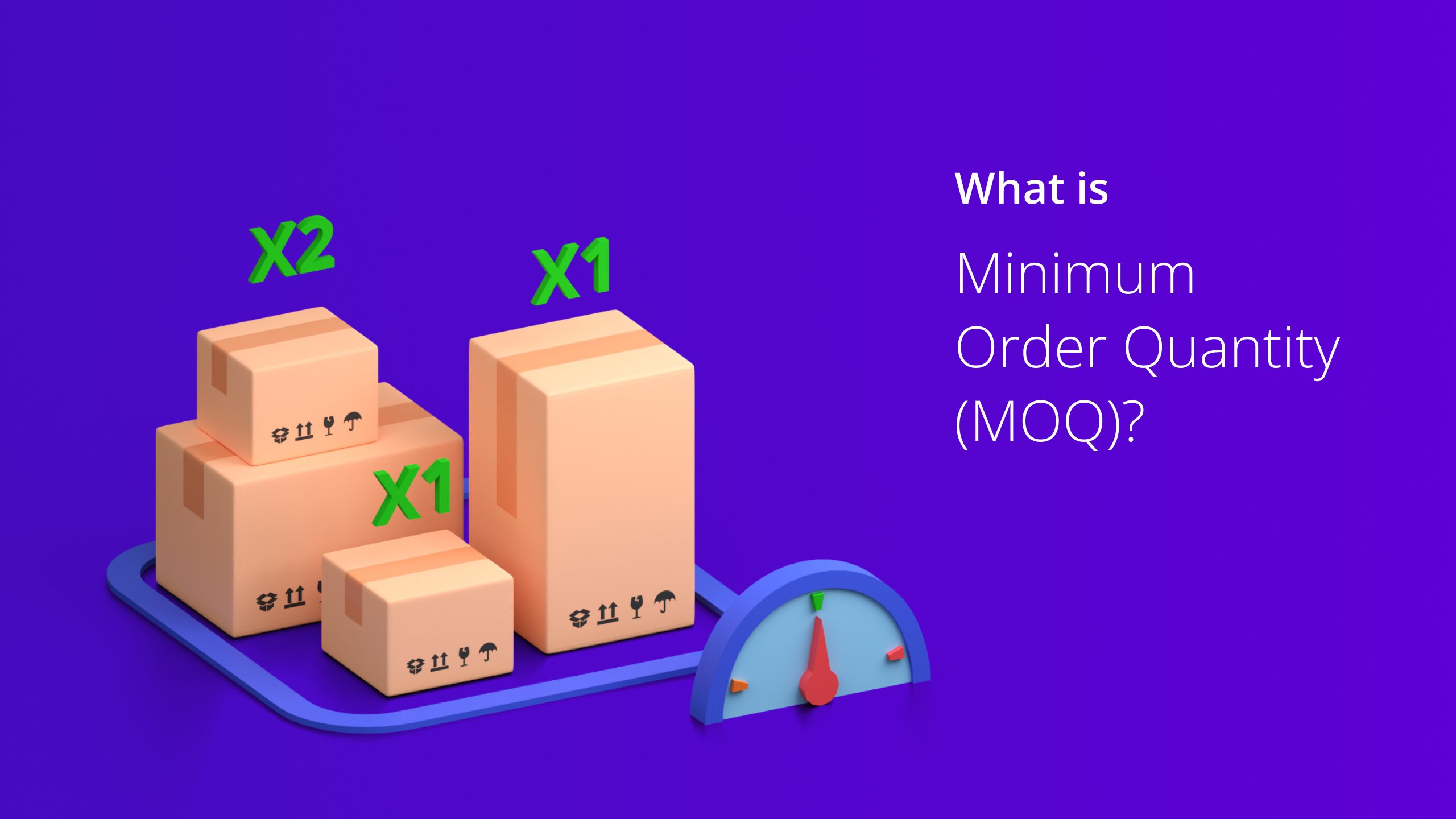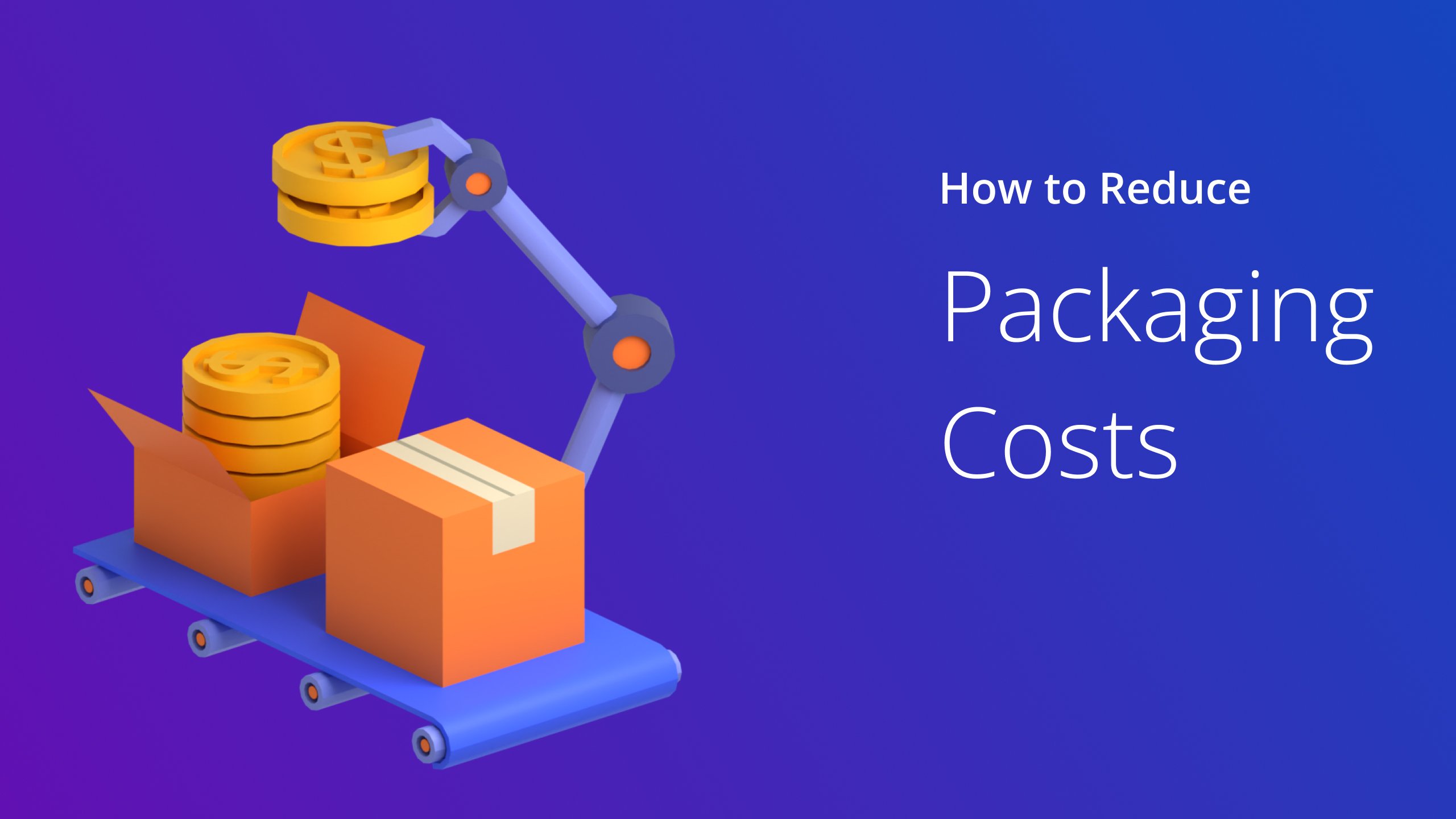Online shoppers have become more demanding than ever. You have to make superfast deliveries, and that also at a price that may not cover your shipping costs. You may even need to offer free deliveries to retain your customers.
That hurts your business!
But it’s a Catch-22 situation. If you offer the fastest and cheapest deliveries, shipping costs may increase and reduce your business’s profit margin.
And if you don’t offer, you will save some money but lose your customers to your competitors, ultimately killing your business.
So, the only way out is to manage your expenses effectively to ensure you make significant profits irrespective of the service you offer. And you can only make that happen when you are well aware of your shipping costs and calculate them accurately.
However, calculating domestic or international shipping costs can be tricky with the ever-evolving landscape of logistics and transportation – not to mention the unpredictable nature of fuel prices, geopolitical developments, and the pandemic.
So, to make your job easier, this blog post provides all the tips, techniques, and tools you need to calculate your transportation expenses quickly and accurately.
Table of Contents
7 Factors that Can Affect the Cost of Shipping
You must consider the following seven factors to accurately calculate shipping costs.
1. Weight and Size of the Package
The actual weight and size of packages can considerably affect the cost of shipping. You must consider the cost of handling heavy items and any additional fees carriers impose for more oversized items.
Furthermore, restrictions often limit your weight on certain vehicles, which could mean more trips and costs.
2. Delivery Destination
Shipping costs will differ depending on where you’re sending your packages. Going overseas will generally incur higher charges than shipping domestically within your country.
Some states may require special permits or additional paperwork for domestic shipments, while others may be subject to certain taxes or fees.
Additionally, remote areas are typically more challenging to reach and incur higher costs due to increased travel time and possible tolls or ferry charges.
3. Time-frame
The time frame of a shipment can influence the cost of shipping. Longer time frames often incur higher costs as you must factor in additional expenses like fuel and travel. Similarly, express or same-day delivery usually requires more resources from the carrier, resulting in a steeper price tag.
Delivery speed also depends on factors such as distance, traffic, access to airports/ports, and local weather conditions, which can all play a role in determining the final cost of sending a package.
4. Volume Discounts
You can take advantage of the volume discounts couriers offer. The more packages you send, the more likely you will receive special discounts from carriers, as this allows them to spread out their costs over larger shipments.
Discounts also vary depending on the package weight and size and how quickly they must be delivered.
On top of that, most carriers offer additional incentives, such as loyalty programs or special offers that can further reduce their expenses.
By taking full advantage of these discounts and other promotional materials, you can save money on shipping costs and gain an edge in their respective markets.
5. Insurance Costs
Insurance costs can also have an impact on the cost of shipping. Most carriers offer varying levels of insurance depending on the size and weight of a package and its intended destination.
Ensuring an adequately protected shipment can help alleviate any risks or losses associated with package mishandling or damage in transit. However, it does come at an additional cost.
You should consider your own budget and the value of your shipment when deciding how much insurance coverage you will require for packages.
6. Packaging Materials
Having good-quality packaging materials will ensure that goods are sufficiently protected during transport.
That’s why many companies opt for specialized packaging materials such as bubble wrap and cushioning variations rather than relying on general cardboard boxes, which may not protect against bumps and knock from points A to B. And higher quality materials mean more expenses.
7. Type of Product
Certain products may be subject to additional fees depending on their nature and/or use due to specific regulations or restrictions.
For example, flammable items may require extra protective packing materials or special handling precautions, which could add to the overall cost.
Want To See For Yourself How Route4Me Can Reduce Shipping Costs?

4 Factors You Must Consider Before Offering Free Shipping
When determining if you can afford to offer free shipping to your customers, consider the following factors:
Profit Margins and Overall Costs
You must consider the potential impact on your profit margins and overall costs when offering free shipping services.
Free shipping could come at a higher cost than expected for your business, depending on your product type.
For example, goods that weigh more or require more complex packaging may have higher shipping costs. Additionally, customers may use free shipping as an incentive to purchase more items, resulting in increased spending from your end.
Therefore, it is essential to assess whether any possible losses due to offering free shipping will be outweighed by the increased sales and customer satisfaction that could result from such a promotion.
Customer Demand and Competition
Understanding consumer demand and how competitors price their products is essential for setting effective shipment rates.
If you know what your customers want and how other brands respond, you will be better equipped to decide if a discount or free shipping option would be more profitable in the long term.
Order Value Thresholds
Establishing an order value threshold at which customers become eligible for free shipping can help increase average order values while providing an incentive to purchase items in bulk.
This way, you can offer a promotional benefit without sacrificing too much on margins, as larger orders generate higher profits.
Shipping Options and Delivery speed
Free or discounted expedited shipping options can also be used as a way of offsetting costs. Smaller items shipped quickly don’t require large vehicles or fuel expenditure, helping keep shipping costs low even for specific orders.
How to Reduce Shipping Costs
Here are some tips on how to reduce your shipping costs without compromising service or quality:
Compare Quotes
Different carriers offer different shipment prices based on various factors, including destination and weight. Comparing quotes and shipping prices from multiple carriers can help you find the most cost-effective option.
This practice also encourages healthy competition among carriers, pushing them to improve their services and offer more competitive rates.
Besides, utilizing a diverse range of carriers can help you mitigate the risks of relying on a single provider, thus ensuring more reliable and consistent order fulfillment.
Negotiate Rates
Analyze and understand the carriers’ pricing structures and identify areas where you can propose discounted rates based on shipping volume, destination, and delivery options.
Proactive negotiations can help you gain a competitive edge by securing favorable terms, leading to substantial cost savings. Moreover, these savings enable you to provide customers with more affordable shipping rates, enhancing the customer experience.
Establishing long-term partnerships with carriers can also open doors to additional discounts and flexible rates.
Use a Route Planner
A delivery route planner is an invaluable tool for reducing shipping costs.
Route optimization software uses advanced algorithms to create the best possible delivery routes in seconds. This saves time dealing with unnecessary manual calculations. Plus, it reduces potential losses associated with inefficient delivery routes, such as increased fuel expenses and driver wages due to longer trips.
An advanced multi-stop route planner like Route4Me considers essential factors such as traffic situation, weather, roadblocks, and more to quickly identify the most cost-effective transportation route.
Route4Me route planner also offers real-time vehicle tracking capabilities.
You can track vehicles and drivers as they deliver goods via live map updates showing vehicle locations at all times, allowing you to adjust delays or manage unexpected issues such as breakdowns and accidents quickly and easily. This helps improve customer satisfaction levels and reduce losses related to bad customer experiences.
Additionally, route optimization software offers access to valuable analytics data, which you can use to analyze performance metrics such as delivery times, fuel consumption, and other factors necessary to manage shipment processes efficiently and effectively.
Learn the benefits of delivery scheduling software in detail.
Want To See For Yourself How Route4Me Can Reduce Shipping Costs?

Choose the Right Box Size
Choosing the right box size for shipping products is crucial to reduce overall shipping costs. Appropriate sizing ensures that the product is well-protected while at the same time minimizing the size and weight of the total package.
Shipping carriers often charge based on dimensional weight, which considers the parcel’s size and weight. You can eliminate unnecessary empty space by selecting a box that matches the shipped item’s dimensions. This means decreased dimensional weight and, consequently, reduced shipping charges.
Also, proper box sizing helps prevent the overuse of packing materials, contributing to cost savings.
Optimize Packing Materials
Efficient packaging design helps to minimize wasted materials, ultimately lowering expenses while remaining cognizant of environmental concerns.
You should analyze your product range and tailor the packing materials according to each item’s size, weight, and fragility to get the most cost-effective solution without compromising protection.
Use lightweight and compact packing materials to decrease the package’s weight and size. Lightweight packing materials enable you to ship more products at once, increasing efficiency and lowering fuel consumption for delivery vehicles.
Additionally, compact packing materials reduce the warehouse space needed, resulting in lower storage costs.
Furthermore, investing in environmentally friendly and lightweight materials contributes to a greener supply chain and can enhance the company’s reputation among the growing number of eco-conscious consumers.
Use Flat Rate Shipping Options
One effective strategy that you can employ to reduce shipping costs is utilizing flat-rate shipping options.
Flat-rate shipping allows retailers to pay a predetermined fixed rate for sending packages, regardless of their weight or destination, within specific parameters set by the shipping carrier.
This simplifies the pricing process and enables businesses to accurately forecast their shipping expenses, thus facilitating better budget management.
Moreover, leveraging flat-rate shipping service options can enhance customer satisfaction, which often translates into transparent and straightforward shipping charges for the end consumer.
Additionally, by offering flat-rate shipping fees, you can incentivize customers to purchase multiple items in a single order, maximizing profit while minimizing the relative shipping cost.
Final Thoughts about Calculating Shipping Costs
Calculating your shipping costs should now be easier than ever before. By taking the time to understand how different factors can affect shipping costs, you’ll be freeing yourself up for long-term success.
Factor in the delivery distance, package size and weight, delivery speed needs, shipping zones, and other unique requirements to find the perfect carrier for any shipment. We’ve also covered some common factors you must consider before offering free shipping and ways to help reduce those shipping costs.
Finally, use Route4Me’s route management app to manage and track your shipments in real-time to ensure timely and hassle-free delivery.
With these tips in mind, you can calculate shipping costs quickly and confidently and offer seamless shopping experiences for your customers, all while ensuring profitable margins for your business.
Want To See For Yourself How Route4Me Can Reduce Shipping Costs?






